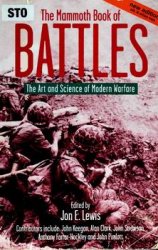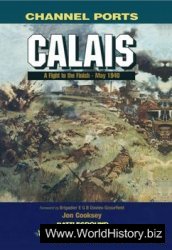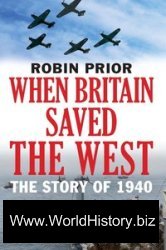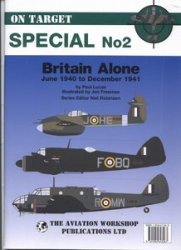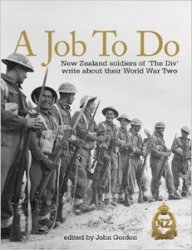France narrowly missed being the first country to produce a tank. The Holt tractors, used to move British artillery pieces, had prompted a French Army colonel, J.-E. Estienne, to propose an armored version that could be used to advance guns in support of an infantry attack. Work on this project was done quite separately from the British tank, and neither army was informed of the work being started by its ally.
The first French machines were primitive. One of the famous
French “75'’ artillery pieces was put inside a steel box and the whole thing mounted on a Holt tractor chassis. Appropriately the result was named artillerie dassaut. Early models, available just after the British tanks, were intended to support infantry from behind rather than lead it. They suffered even more mechanical failures than British tanks. Their curious boat-prow front caused them to get stuck in shell holes and prevented them from surmounting any serious obstacle.
On discovering that the British were working on something rather more sophisticated, Estienne agreed to concentrate on a smaller, lighter French design. The result was the much more effective Renault FT, a tiny two-man tank with the first proper gun turret. Its size and weight limited it to ground that had not been churned up by artillery fire (which limited all the tanks), but it gained some tactical successes.
The Renault FT was mechanically reliable, and after the First World War ended the French eventually had 3,000 of them. This surplus resulted in their becoming virtually the sole armament of the French tank units of the postwar period. Some were still in use during the Second World War.
French tank men demanding newer tanks were told that machine-gun and rifle fire had not improved enough to make the old tanks obsolete. When the tank men indicated the improvement in high-velocity antitank guns, their opponents used this to prove that all tanks were obsolete.
The name artillerie dassaut was unsuited to the two-man Renaults and, in keeping with their top speed of 5 mph, these tanks were given to the infantry department.
German rearmament made France look again at the lack of modem equipment. In 1935 a new production program started, and the new tanks were superb ones. By 1939 the French Army had the best tanks in Europe, far more sophisticated than anything the British or Germans could field. The 4.7 cm gun on the medium and heavy tanks was the best weapon of its kind used by any army at the time. And by 1940 France was not short of tanks. The French Army’s collapse was not due to poor equipment but to inadequate skills.




 World History
World History